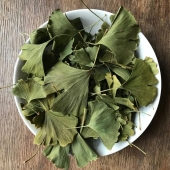


thomas rubino wrote:Hey Ben;
That retaining wall needs to be entirely inside the greenhouse or be completely insulated from the outside.
If it has any outside exposure it will suck the heat right out of the mass.
If it has outside exposure, you can use an insulator (perlite, rockwool) and have an insulated stud wall between an outside wall and your mass.
thomas rubino wrote:My experience is that an 8" J-Tube is a better choice for northern greenhouse use.
3/4 gravel is not going to perform well at all in a greenhouse.
Solid dirt would be better.
Ask your county road crew about clay pockets on the gravel road system.
Talk to a contractor or three and ask if they have run into any clay while digging foundations.
As a heat-holding mass, it just needs to not have any insulating air pockets.





greg mosser wrote:i've done it a number of times without much issue, stratifying in a pot outside over winter with fresh seed - my standard tree seed germination technique.
